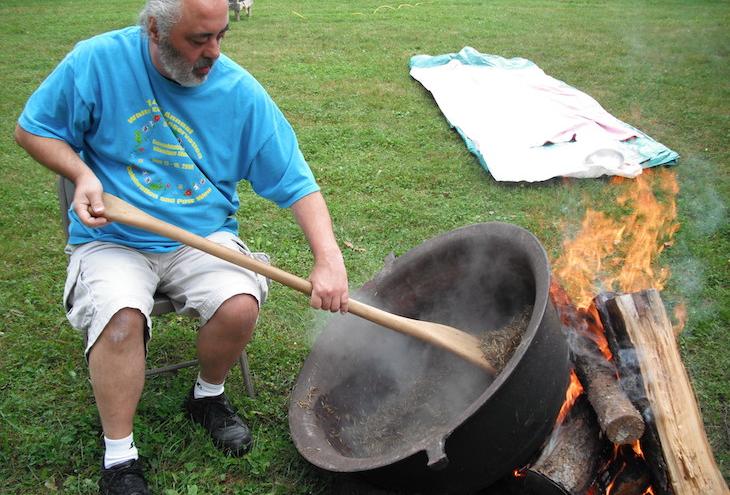Scientific research, based on a Western worldview, is thought of as objective and neutral. Researchers choose protocols they believe to be objective, and funders reward them with grants. However, in my more than 30 years of experience working in higher education, I have listened to researchers talk about choosing protocols that will likely yield the results they are seeking. Is that objectivity?
On the other hand, from an Indigenous worldview, scientific research is subjective and holistic. We believe that to fully comprehend how something works, we need to understand the interactions of the whole system. We further believe that the universe will keep some secrets.
It is not the intent of this article to bash Western worldviews, but rather to tell you a story about how one university has begun to embrace alternative knowledge systems and create collaborations with tribal partners to protect natural stands of manoomin (wild rice). More than just a food source, manoomin is at the heart of the Anishanaabe migration story — it is sacred, has a spirit, and in more modern times, is an economic resource. Tribal people are passionate about their manoomin, their history, their culture, and their language. What happens when those passions collide with researchers?
That is what happened more than 60 years ago at the University of Minnesota. Researchers attempted to domesticate manoomin for farmers who saw potential markets. When confronted by tribal communities, the researchers refused to share their findings, claiming academic freedom and intellectual property rights. That collision of values resulted in decades of anger, mistrust, frustration, and confrontation.
"We made the decision to put aside our research agenda and focus on relationship building."
Sixty years later, an interdisciplinary group of faculty and staff from the university that I was part of proposed a two-year, $750K research project to protect natural stands of manoomin. It was a typical Western proposal with a lofty agenda, funded by a “Grand Challenge” grant.
Our team was well aware of the university’s history with Indigenous peoples of Minnesota, so we decided to reach out to tribal communities to hear their concerns. It became obvious that would not be easy at our first meeting with a group of elders on the White Earth Reservation. We told them we were there to listen. The room was completely silent. After what seemed like a long time, an elder said, “That sounds great, but what do you really want?” It was awkward, but we reiterated that we just wanted to listen. Eventually people began talking about their concerns for the manoomin. It turned out to be a great learning opportunity for our team.
At that point, we made the decision to put aside our research agenda and focus on relationship building. Over the next few months, we scheduled meetings on other reservations and with organizations that represent tribal interests. We gained valuable data about natural stands, harvesting practices, and the people’s perceptions of what true collaboration means. Through these listening sessions and a literature review of best practices, we developed a culturally sensitive protocol for future manoomin research. And we were honored by an elder who gave our project an Ojibwe name, Kawe Gidaa-Naanaagadawedaamin Manoomin (we must consider the rice).
What happened next was a surprise. When we met with our funders to discuss our research progress, we had virtually no results to report and feared our funding would be withdrawn. Instead, university officials applauded our decision to put aside our agenda and build relationships. Even more important, our project appears to have influenced top administrative officials, who are using our success in building relationships to develop university-wide protocols for working with tribal communities.
We are at a pivotal point in the school’s history with tribal nations. The university is bringing in a new president, which means a new administrative structure and priorities. Does the university continue with a new era of true collaborations with tribal communities? Or does it fall back on its traditional Western way? Only time will tell!
Dr. Mark Bellcourt, White Earth Nation, has more than 30 years of higher education experience. He advised students, directed programs, and taught courses on Indigenous environmental knowledge at the University of Minnesota. He retired from the university in July after 25 years. He has been active in AISES for about 18 years, serving on the Board of Directors for six years. He is a founding member of the North Star AISES Alliance and Professional Chapter.













